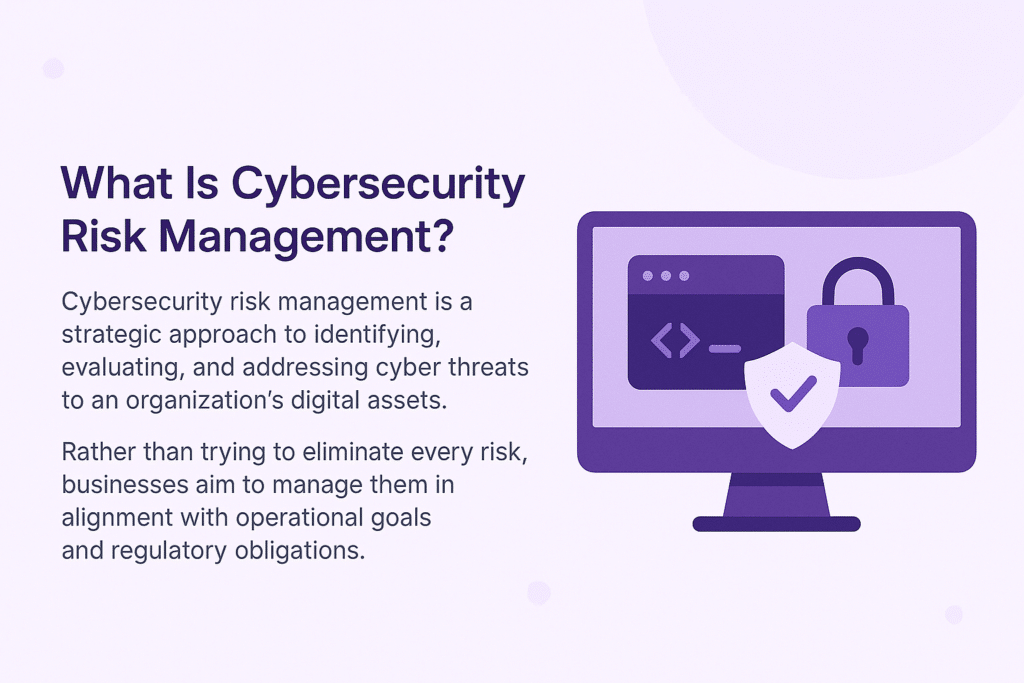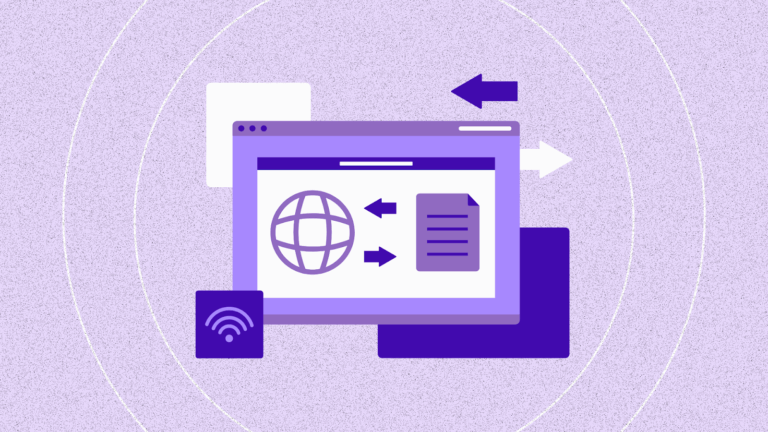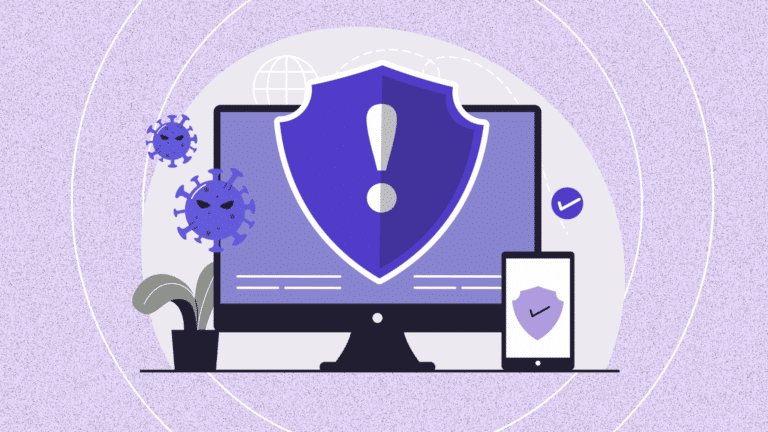Summary
Cybersecurity risk management is the process of identifying, assessing, and mitigating threats to digital systems and data. It’s essential for CISOs, compliance teams, and developers tasked with safeguarding customer information and preventing business disruption.

What Is Cybersecurity Risk Management?
Cybersecurity risk management is a strategic approach to identifying, evaluating, and addressing cyber threats to an organization’s digital assets. Rather than trying to eliminate every risk, businesses aim to manage them in alignment with operational goals and regulatory obligations.
It encompasses everything from technical defenses (e.g., firewalls, encryption) to organizational practices (e.g., access controls, security policies) and client-side monitoring of JavaScript behavior.
How It Works
The cybersecurity risk management process typically includes:
- Identification: Cataloging digital assets and potential vulnerabilities (e.g., third-party scripts, exposed APIs).
- Assessment: Evaluating the likelihood and impact of potential threats.
- Prioritization: Ranking risks based on business criticality and compliance exposure.
- Mitigation: Implementing controls to reduce or eliminate threats (e.g., CSPs, SRI, client-side security tools).
- Monitoring: Continuously observing for anomalies, unauthorized script behavior, or new vulnerabilities.
- Review: Regularly updating risk models and mitigation strategies based on evolving threat intelligence.
Who Should Implement This
Cybersecurity risk management isn’t just for large enterprises—it’s essential for any organization handling sensitive data or relying on web applications. Key stakeholders include:
- Chief Information Security Officers (CISOs): Set overall strategy and ensure alignment with business objectives.
- Compliance Officers: Ensure policies adhere to regulations like GDPR, HIPAA, or PCI DSS.
- DevSecOps Teams: Integrate risk assessment and mitigation into the software development lifecycle.
- Marketing & Web Teams: Monitor third-party tags, trackers, and client-side scripts that could pose security risks.
Real-World Examples
- Healthcare Provider: Fails to monitor third-party scripts that capture patient data, triggering a HIPAA violation.
- Retail Website: Uses outdated JavaScript libraries vulnerable to exploitation, leading to a Magecart attack.
- Financial Institution: Lacks client-side monitoring, resulting in exfiltration of login credentials via rogue pixels.
Best Practices
- Client-Side Monitoring: Use tools to detect unauthorized script behavior and session hijacking attempts.
- Zero Trust Principles: Assume breach and verify everything—especially third-party code.
- Security Headers: Implement Content Security Policies (CSP), Subresource Integrity (SRI), and CORS policies.
- Vulnerability Scanning: Perform regular assessments of scripts, libraries, and dependencies.
- User Access Controls: Minimize permissions and enforce least privilege access.
How Feroot Helps
Feroot’s Client-side Security Platform gives security and compliance teams complete visibility into how scripts behave in real time across web applications. Feroot automatically detects unauthorized data collection, malicious code injections, and non-compliant third-party scripts—helping organizations meet risk management and compliance goals faster.
FAQ
What is the goal of cybersecurity risk management?
To reduce the impact and likelihood of cyber threats by applying controls that align with business and regulatory priorities.
Is cybersecurity risk management required for compliance?
Yes. Frameworks like PCI DSS 4.0, HIPAA, and NIST require documented risk management processes.
Can small businesses implement cybersecurity risk management?
Absolutely. Tools and frameworks can be scaled to fit any business size, and early implementation lowers long-term exposure.
Does Feroot support risk management efforts?
Yes. Feroot provides visibility into client-side risks and enables teams to identify, prioritize, and remediate threats from third-party scripts and shadow code.


